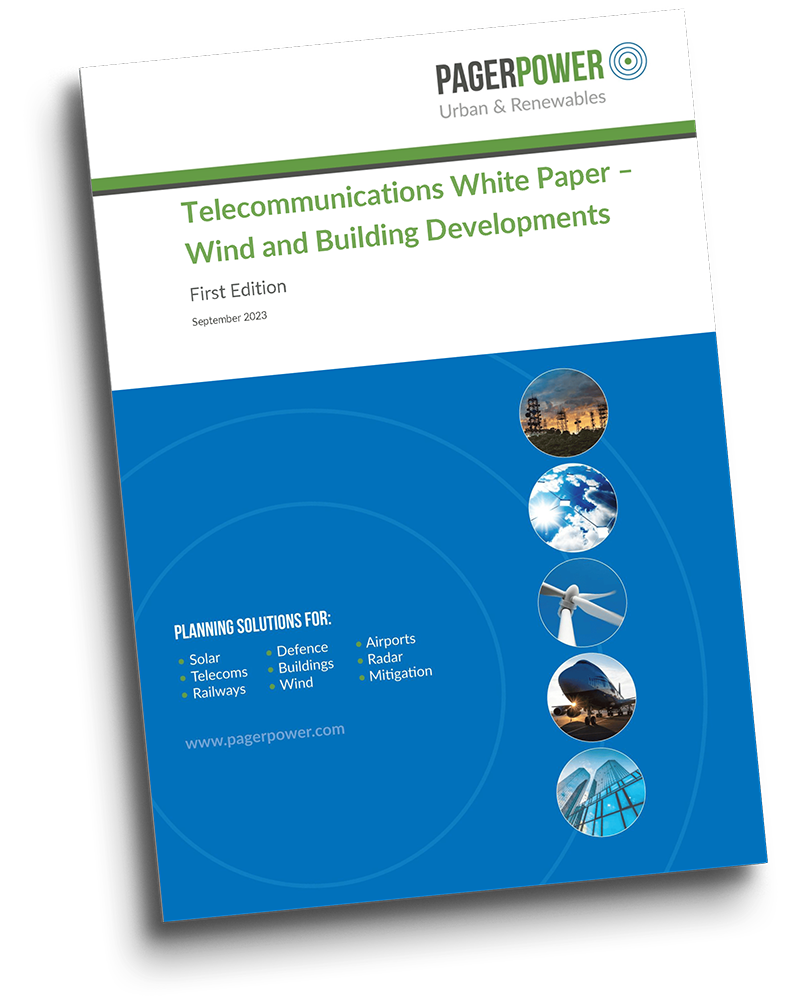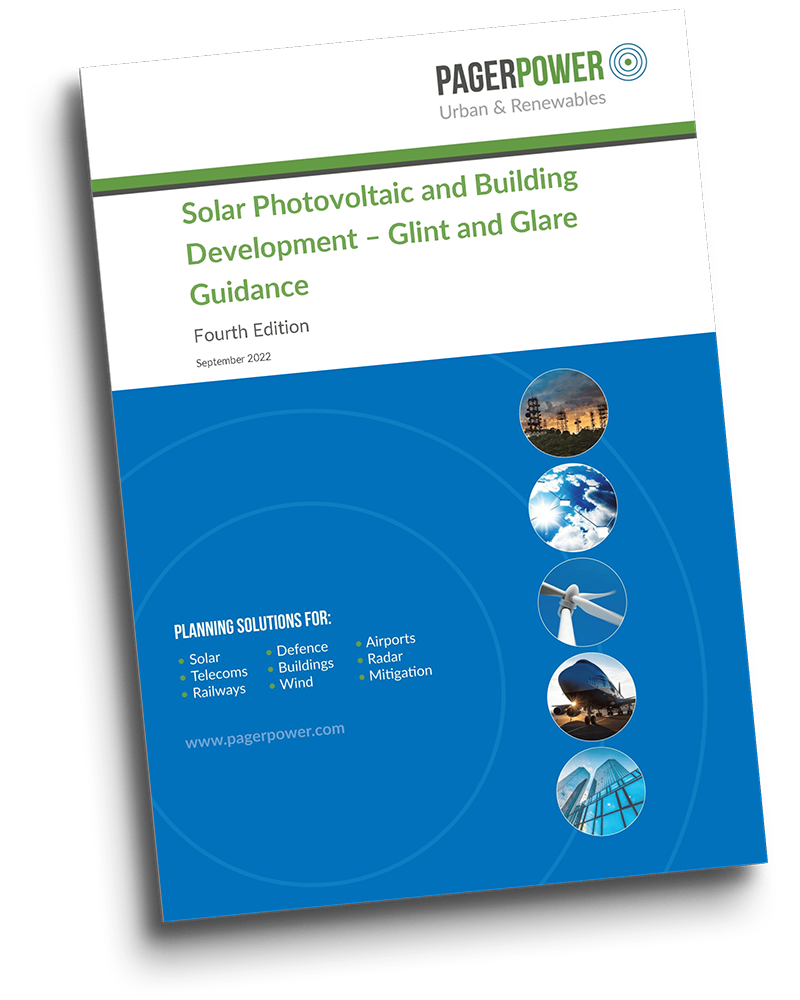Articles by Mike
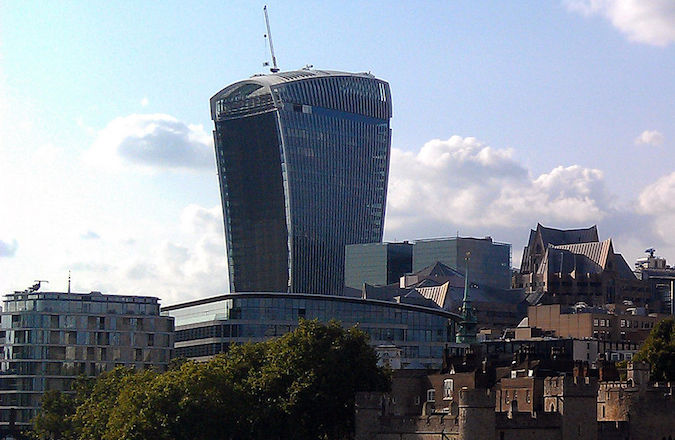
Background Solar Convergence occurs when multiple reflective glass panels simultaneously reflect the sun to one point with an intensity greater than that of direct sunlight. In July 2017 the City [...]
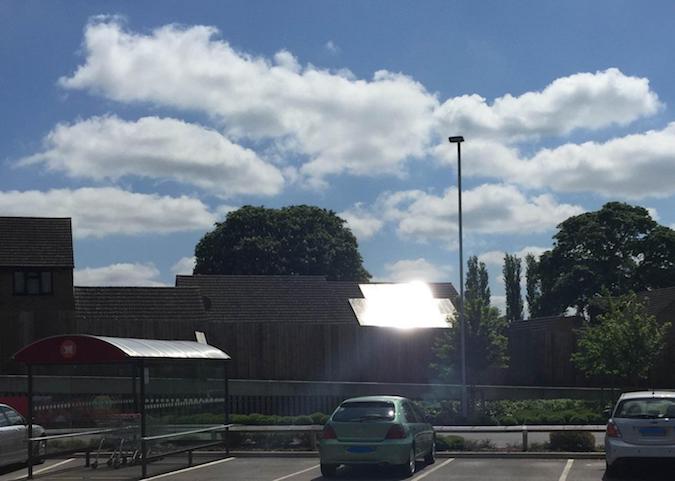
Yes they do. Strong (Photovoltaic) PV glare may be caused by reflections from a low sun. Whilst panels are designed to efficiently absorb direct and diffuse light they are often [...]
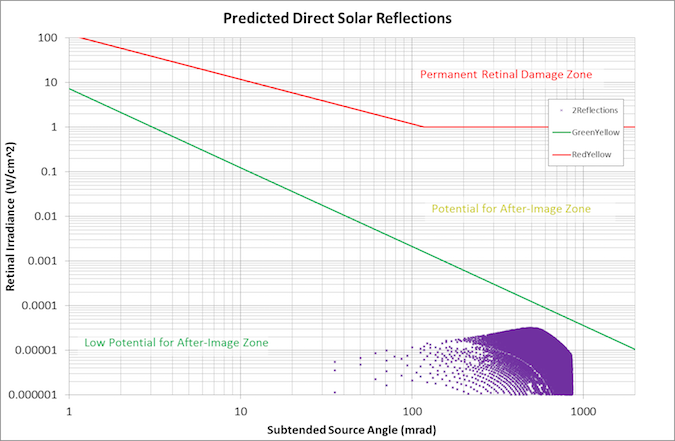
Requirements for glare intensity modelling Glare intensity modelling is a common planning requirement for solar photovoltaic developments. Increasingly, it is becoming a requirement for other development types as well, for [...]
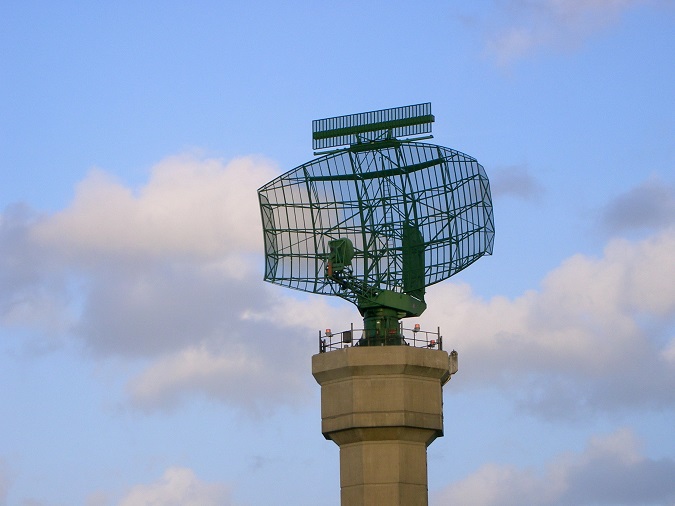
In this article we consider forms of radar interference; causes; mitigation options and management for various types of radar. Radar Interference Principles Radars transmit and receive radio signals – analysing [...]

Overview Pager Power recently conducted a consultation process with Network Rail to better understand their assessment requirements when it comes to glint, glare and their operations. The following article presents [...]

Introduction Wind turbine shadow flicker is the effect caused when a spinning turbine rotor causes brightness levels to vary within an affected room (although the precise definition can depend on [...]
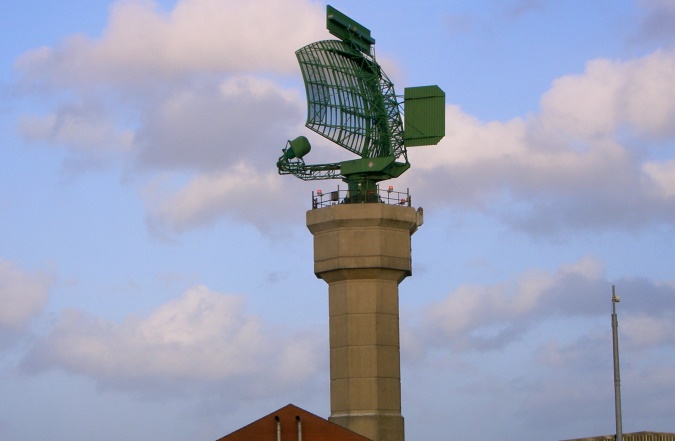
Overview NATS are a key UK aviation stakeholder and their main role is to aid the safe navigation of en-route aircraft, and in some instances, with the safeguarding of civil [...]

SGHAT (Solar Glare Hazard Analysis Tool) is no longer freely available – as of November 2017. SGHAT is used for predicting solar panel glare, also referred to as PV glare, [...]
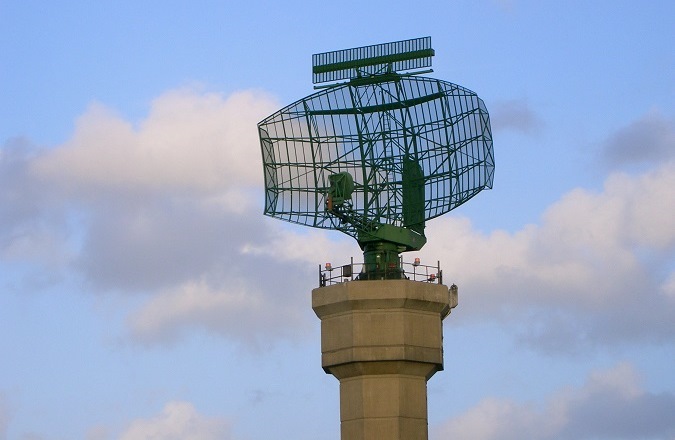
Wind farms and radar Wind farm developments around the world face objections from radar operators. This is because large wind turbines can interact with radar signals, causing interference. Figure 1: [...]
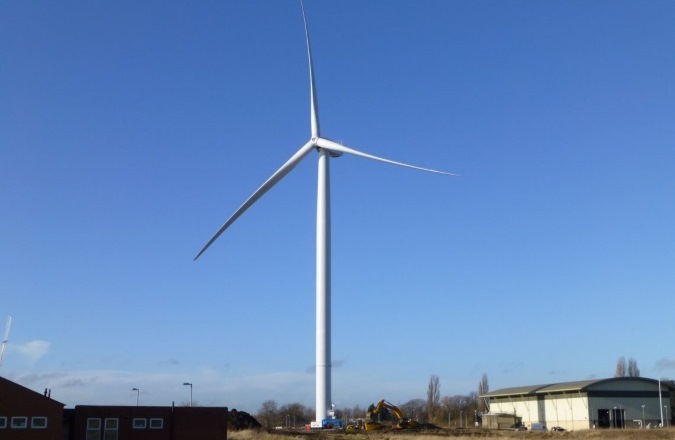
Previous articles: Radar concerns have rendered two turbines motionless Aveillant technology to mitigate the effects of two wind turbines at East Midlands Airport Overview Three years in the making, the [...]

